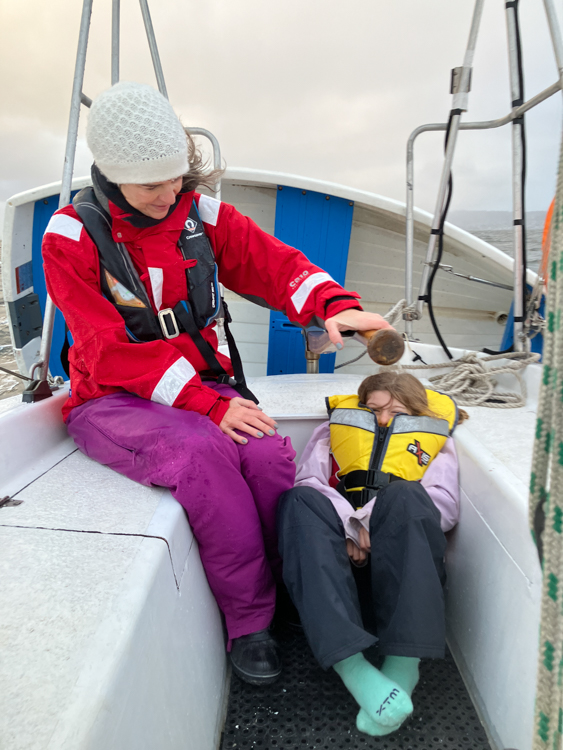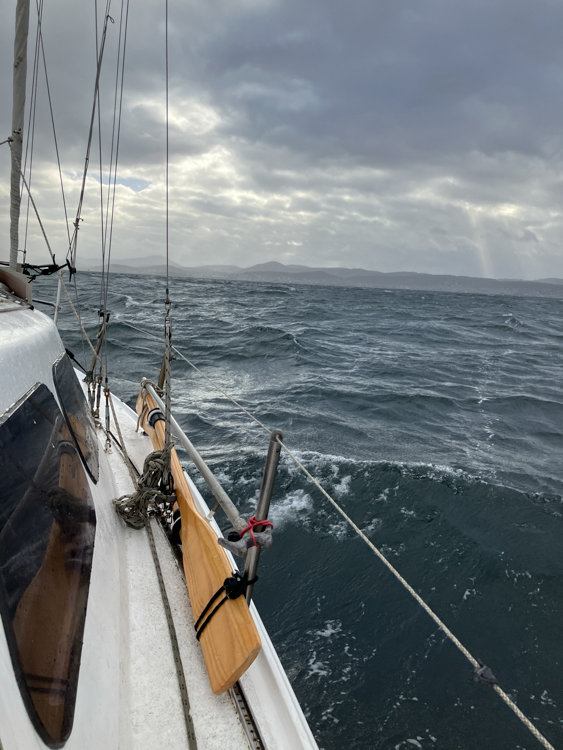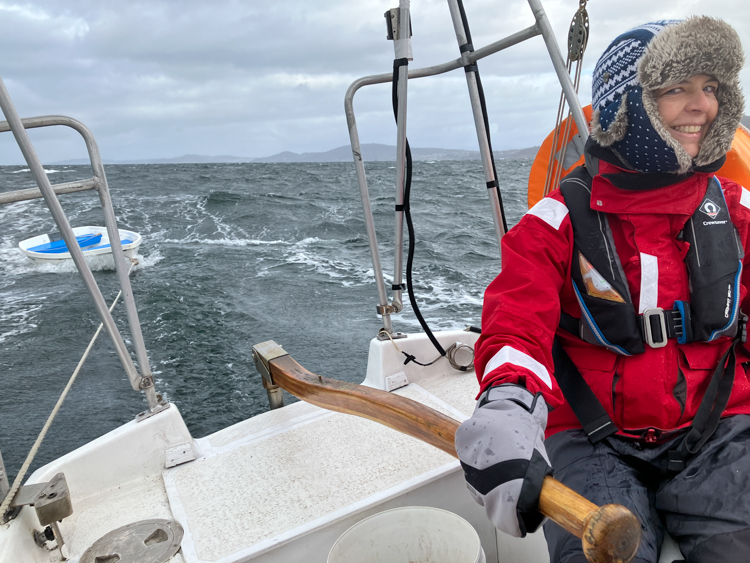Now that our pocket cruiser was in a fit state to sail, it was time to haul her out of the water and clean her bottom. I was pretty sure that the Cheval de Mer’s antifoul was wearing thin and that the anodes would need replacing, and in any case I wanted to have a look at the raw water intake to understand how all the shells were getting in.
I fabricated a mount for a solar panel that I’d bought second hand off a neighbouring cruising yacht, and fitted it above the helm as a rain shelter. The big panel had used up all the real estate on the pushpin, so I added a rail made from plumbing pipe for the GPS and VHF antennas. I also tested the engine… again… to make sure that coolant water was still pumping around the system.
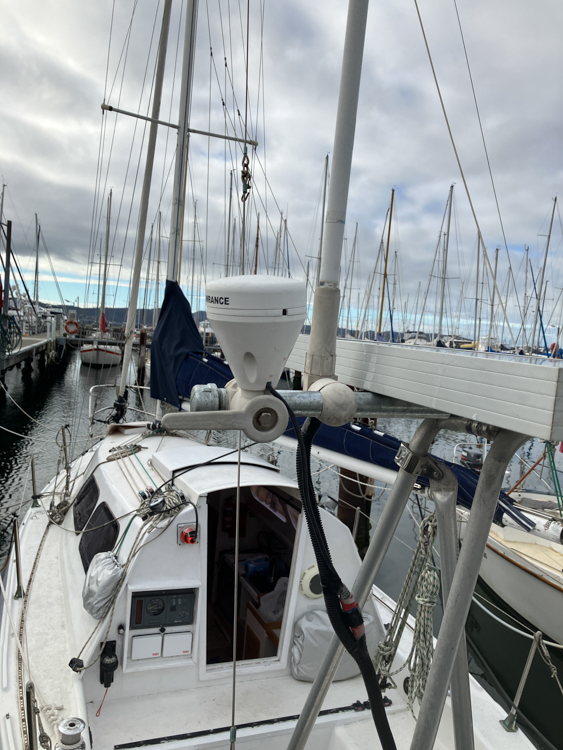
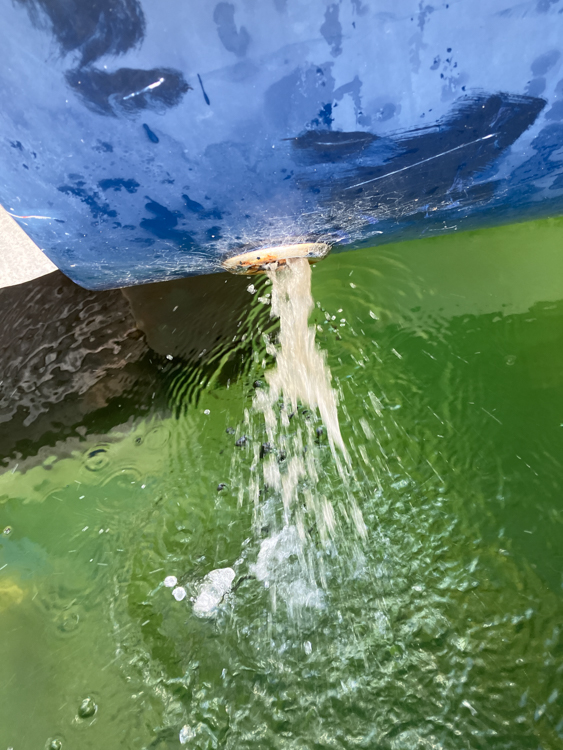
Then… motor on, and out into the Derwent! It was a beautiful sunny day, and it was lovely to just be out on the water with the engine burbling reliably beneath my feet.
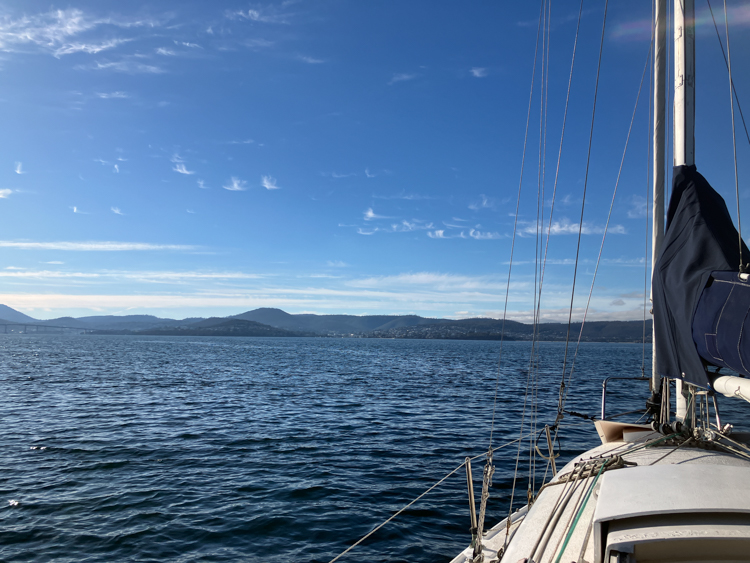
It would have been great to hoist the sails and disappear down the d’Entrecasteaux Channel, but there was work to do, so I motored into the slings and was hoisted out onto the hard so that I could attend to Cheval de Mer’s antifoul.
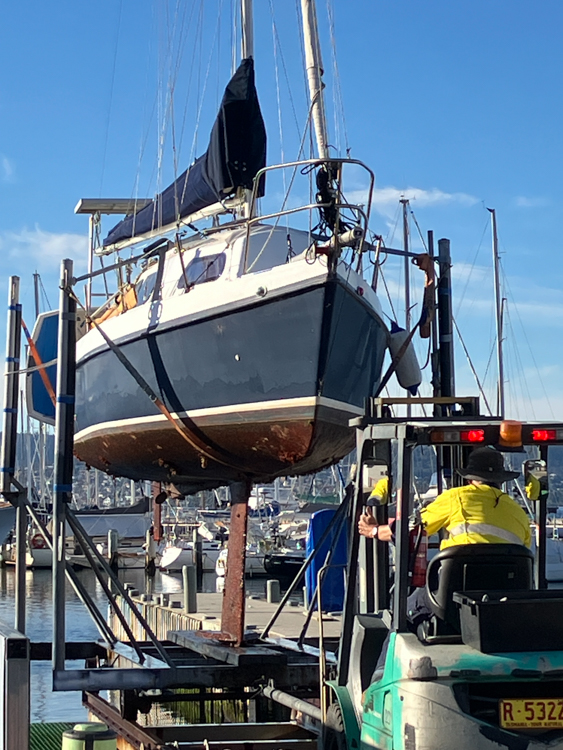
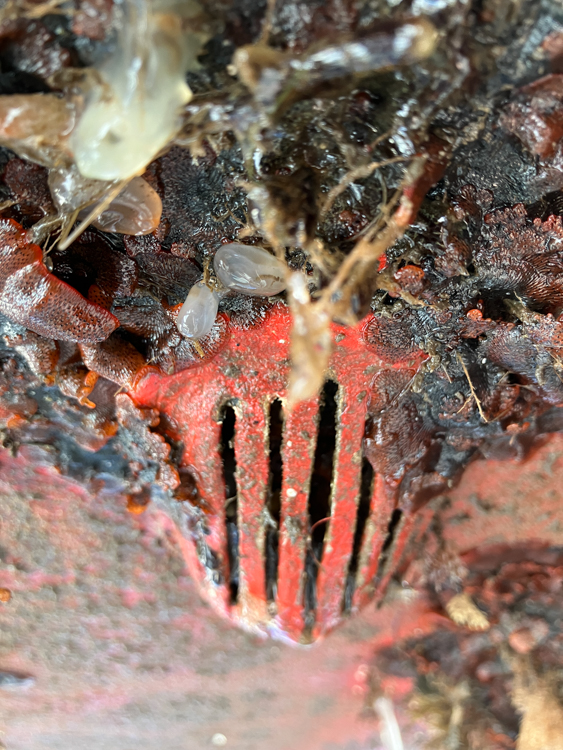
There was a fair bit of growth around the cover for the raw water intake, and easily enough space for young mussels to slip inside. It was hard to see how to clean the growth from inside as the fitting was bonded to the hull, so I sawed through one of the tines, bent it out of the way, cleaned out the chamber, and then bent the tine back into place. It’ll make the job easier for next time.
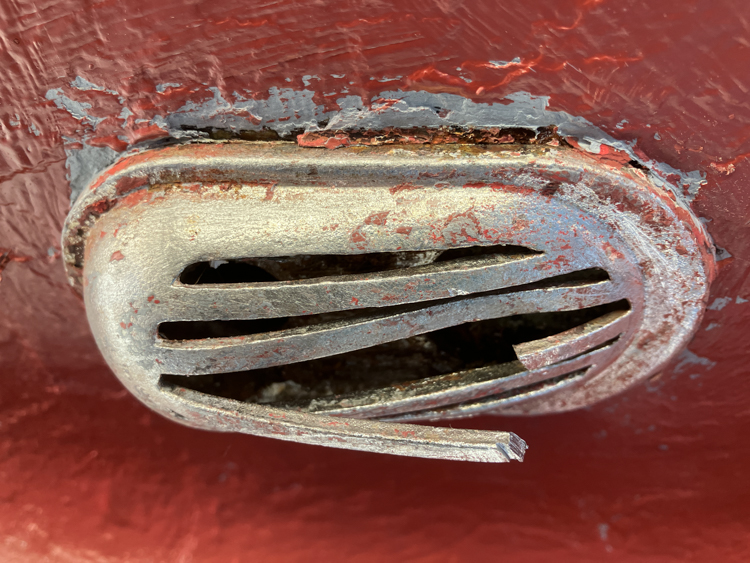
The raw water strainer that I’d fitted inside was definitely warranted, although I wasn’t completely happy with its position inside the engine bay, so I fabricated a nice mount for it.
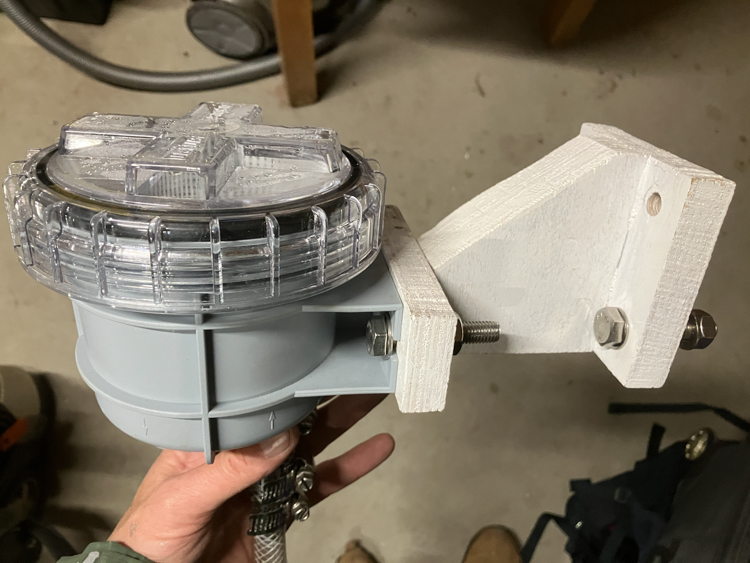
As usual, I found myself fascinated by the beauty of the organisms that, despite the antifouling, manage to grow and even thrive on a sail-boat’s hull.

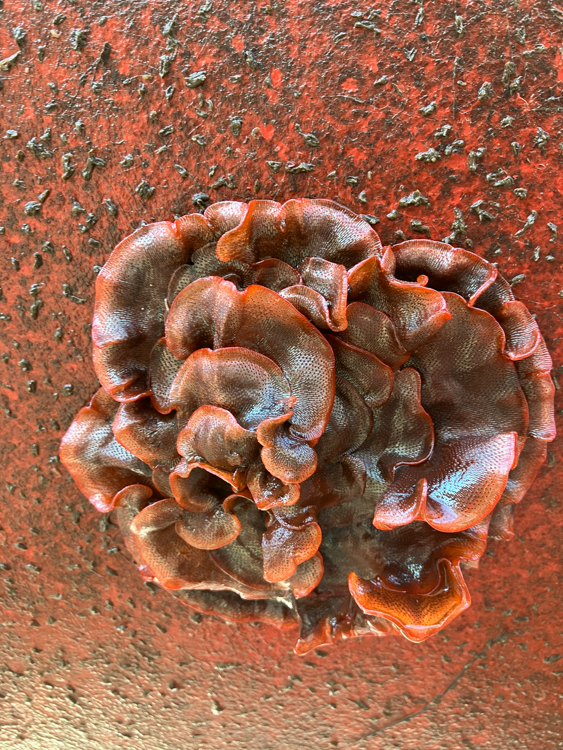

The surface of the hull was in good shape but well coated with layer upon layer of old antifoul paint. This was not the year for sanding back and polishing and rolling on a perfect new layer. I wasn’t going for beauty prizes on this occasion, Cheval de Mer’s antifoul was going to be a functional coat to keep her unharmed in the water, so I simply sanded back to a rough textured surface.
The very knowledgeable man at Paint-Tech in Hobart listened carefully to my description and then sold me an expoxy tie-coat to ensure that the new layer of antifoul adhered properly to the multi-layered and unknown substrate.
As you can see from the picture of the silver tie-coat layer, there were all kinds of lumps and bumps left over from previous applications, but the idea was to get the job done quickly because the yard had kindly squeezed me in between a load of big twilight racers. The owners were preparing for the summer racing season, lovingly sanding to a mirror finish and then painstakingly rolling on micro-thin layers for maximum speed. We don’t race; I just got a big brush and slapped it on, with a little help from my daughter.

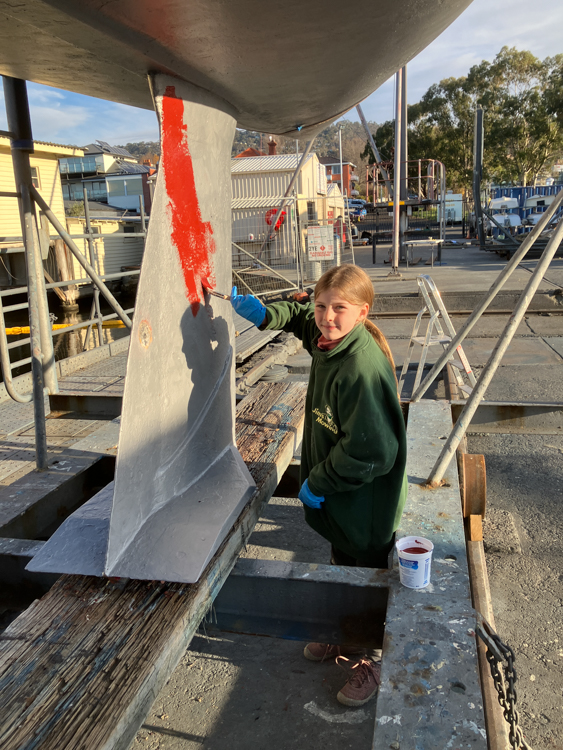
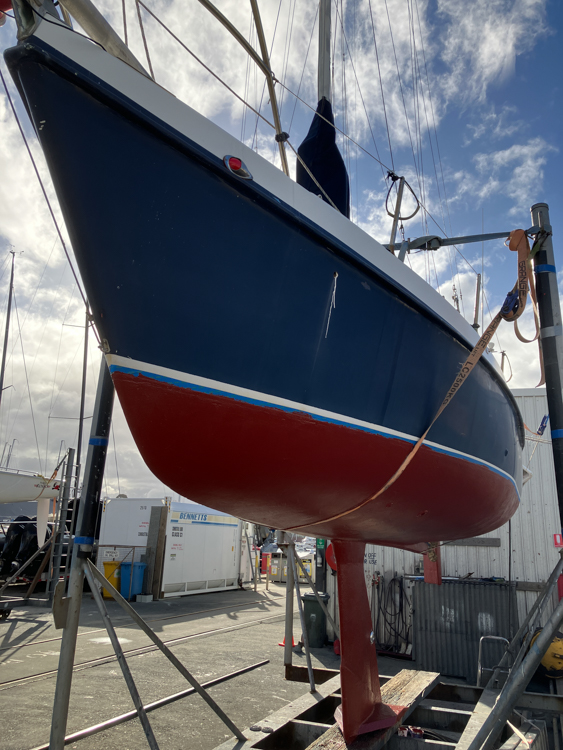
The hull and rudder were generally only lightly fouled. The propeller, on the other hand, was completely covered in marine life. Once I’d scrubbed off the growth, it was clear that at some time in her long history, the anodes had failed, because the surface of each blade was quite badly pitted. The previous owner had mentioned something about reaching through the moon pool and screwing new anodes on by hand, so I wondered how long the task had been left before that. I couldn’t do anything about the pitting (apart from regularly checking the anodes!), but I could probably keep the propeller a bit cleaner.

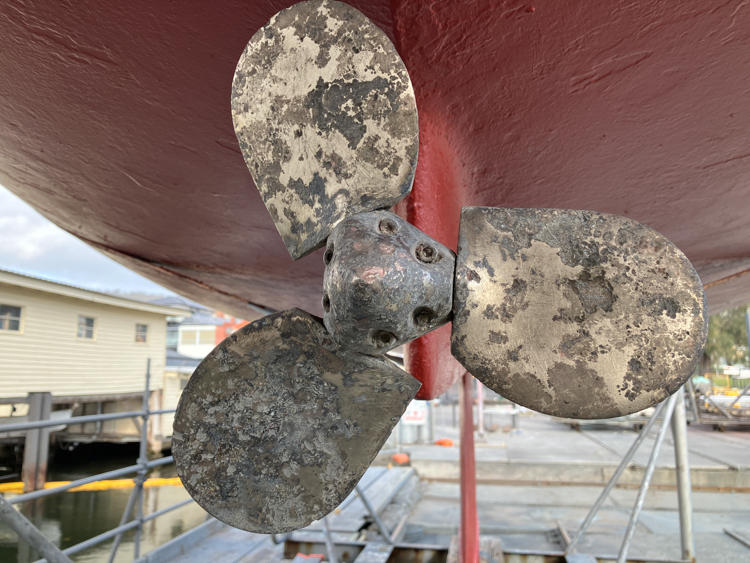
I polished it as best I could with a sanding drum on my power drill, and then applied PropShield, an interesting product which I ordered from Prop Protector in England. This is a stiff red wax that you melt on a stove along with some solvent and then apply with a brush. It’s supposed to stick to the prop and provide anti-fouling protection without flying off. It looks gummy and not at all smooth, more like candle-wax. But we shall see.
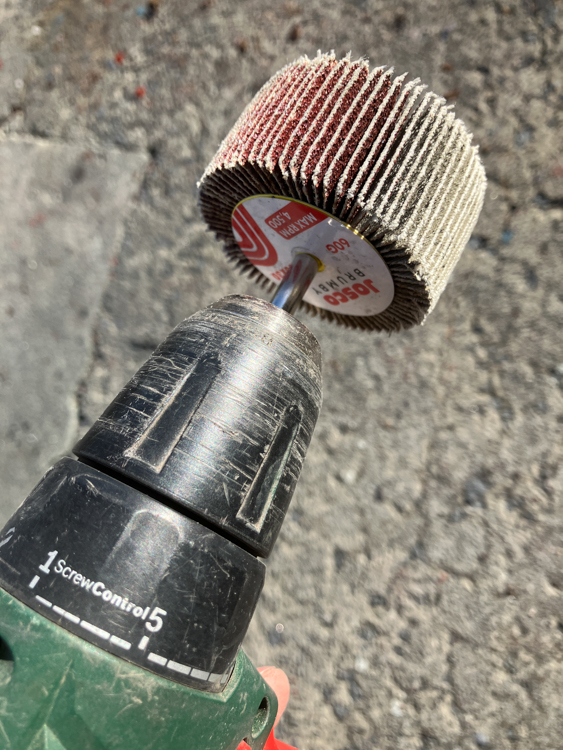
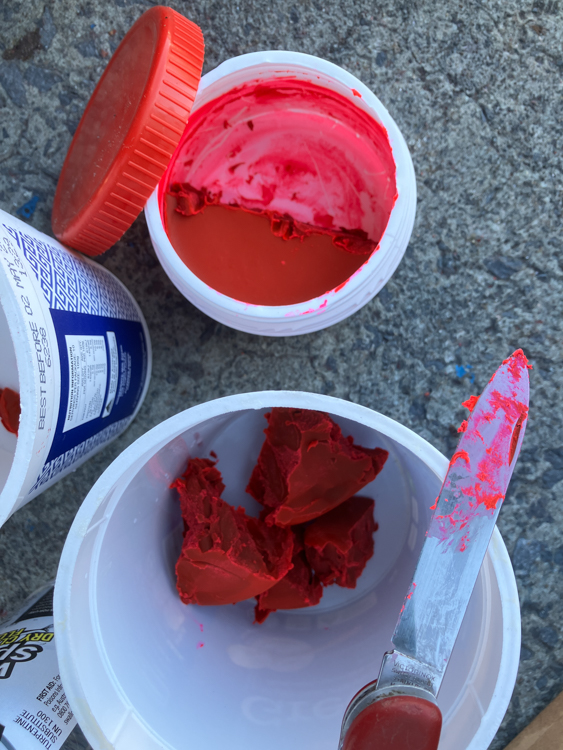

I swapped all the anodes (including the worn and rather loose ones on the prop shaft), and Cheval de Mer was officially antiifouled and good to go.

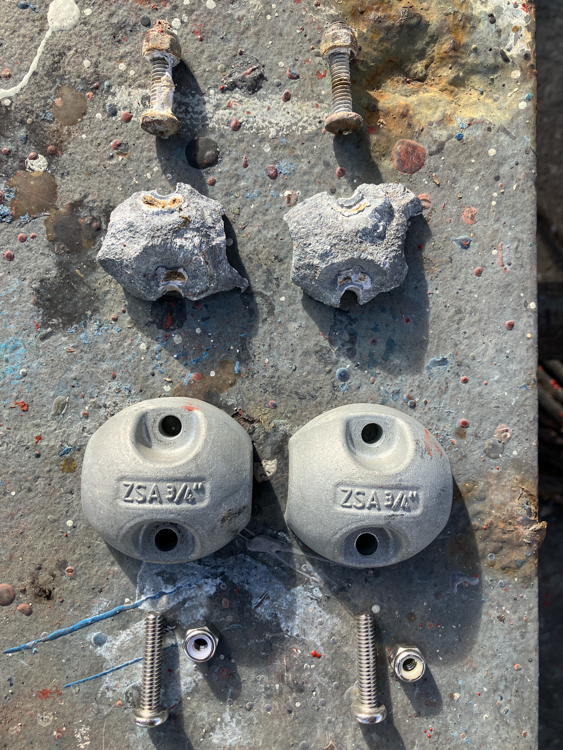

It was a still a bit cold, but it was time to go sailing.
